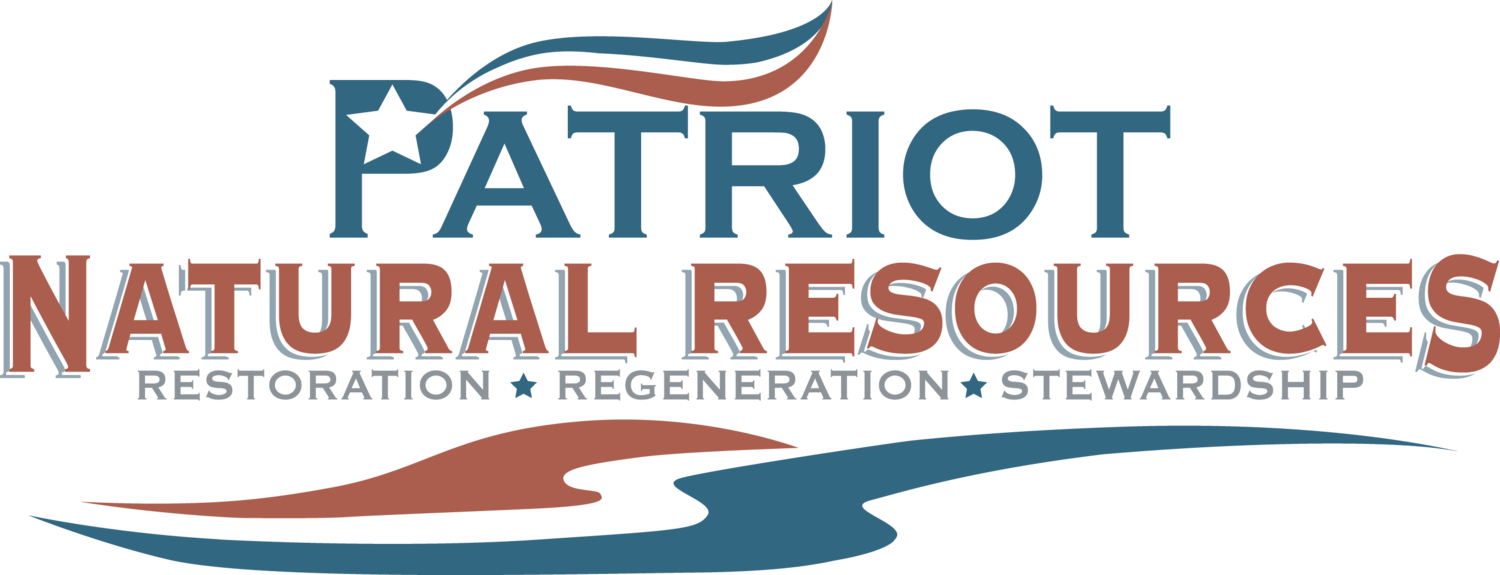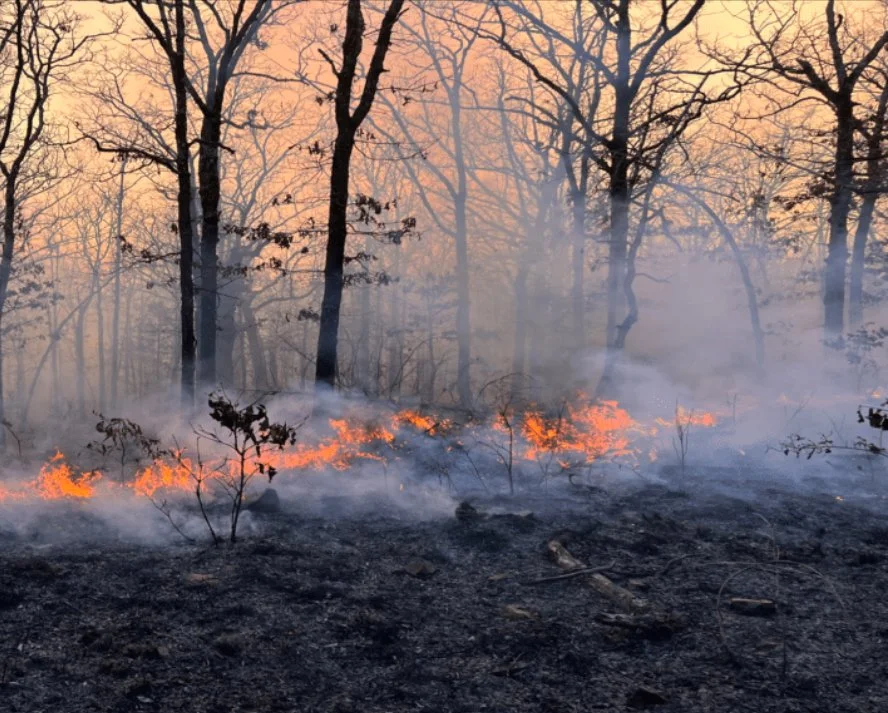Forest Stewardship Best Practices: Reducing Fire Risks in the Chesapeake Bay Region
Why Fire Risk Management Matters
The Chesapeake Bay region may not experience large-scale wildfires like other parts of the country, but forested and vegetative areas still face fire risks. Factors like dry conditions, invasive plant species, and accumulated debris can increase the likelihood of fire.
For property owners and land managers, proactive fire risk reduction is essential for protecting land, supporting wildlife, and maintaining healthy forests. By implementing best management practices (BMPs), you can minimize fire threats while improving your property’s overall health.
Understanding Fire Risks in the Chesapeake Bay Region
1. Fuel Accumulation:
Dead trees, branches, leaves, and other debris can act as fuel for fires, allowing flames to spread quickly.
2. Human Activity:
Recreational activities, equipment use, and land management practices can unintentionally ignite fires.
3. Urban-Wildland Interface:
Areas where development meets forested land are particularly vulnerable, as fires can threaten both natural and built environments.
Best Management Practices for Reducing Fire Threats
1. Fuel Reduction:
• Remove Dead Material: Regularly clear dead trees, branches, and leaf litter to reduce potential fire fuel.
• Thin Overcrowded Forests: Reduce tree density to improve airflow and decrease the likelihood of fire spreading.
• Prescribed Burns: Conduct controlled burns to safely remove excess vegetation and restore natural fire cycles.
2. Firebreaks:
• Create firebreaks by clearing vegetation and debris in strategic areas to stop or slow the spread of fire.
• Use existing trails, roads, or waterways as natural firebreaks and maintain them regularly.
3. Vegetation Management:
• Plant fire-resistant native species, such as hardwoods and low-flammability shrubs.
• Remove invasive plants like Japanese stiltgrass, which are highly flammable and spread rapidly.
• Keep grasses mowed and maintain defensible space around structures and key areas.
4. Water Management:
• Maintain ponds, cisterns, or other water sources that can be used for firefighting efforts.
• Protect riparian zones along streams and wetlands, which act as natural buffers.
5. Access and Safety:
• Ensure clear access for fire crews by maintaining roads and trails.
• Map key areas of your property, including water sources and high-risk zones, to improve fire response.
6. Community Collaboration:
• Work with neighbors and local authorities to develop community wildfire protection plans.
• Participate in programs like Firewise USA® to increase fire readiness at the community level.
Ecological Benefits of Fire Risk Reduction
While reducing fire risks is a critical goal, these practices also promote overall forest health:
• Improved Biodiversity: Thinning overcrowded areas allows sunlight to reach the forest floor, encouraging diverse plant growth and wildlife habitats.
• Soil Health: Removing invasive species and promoting native plants helps stabilize soil and reduce erosion.
• Resilient Forests: Healthy, well-managed forests are better able to withstand pests, diseases, and other stressors.
Fire Risk in the Chesapeake Bay Watershed
In the Chesapeake Bay region, reducing fire risks also benefits the surrounding environment:
• Water Quality Protection: Preventing wildfires reduces the risk of sediment and ash washing into nearby waterways.
• Habitat Conservation: Healthy forests provide critical habitats for birds, mammals, and other wildlife in this diverse region.
• Enhanced Aesthetics and Recreation: Well-maintained forests are safer, more accessible, and visually appealing for property owners and visitors.
How Patriot Natural Resources Can Help
At Patriot Natural Resources, we specialize in forest stewardship practices designed to meet the unique needs of Maryland and the Chesapeake Bay region. Our services include:
• Fuel Reduction Plans: Developing and implementing strategies to safely remove fire-prone debris and vegetation.
• Prescribed Burning: Conducting controlled burns to reduce fire risks and promote forest health.
• Vegetation Management: Replacing invasive species with fire-resistant native plants.
• Firebreak Installation: Designing and maintaining firebreaks to protect your property.
• Community Collaboration: Assisting with fire prevention planning at the neighborhood or community level.
By partnering with us, you can reduce fire threats and contribute to a safer, healthier forest.
Take Action for Fire Safety
Reducing fire risks on your property is about more than prevention—it’s about creating a healthier, more sustainable forest that benefits you, your community, and the environment.
Contact Patriot Natural Resources today to learn how we can help you implement best management practices for fire risk reduction and forest stewardship.

